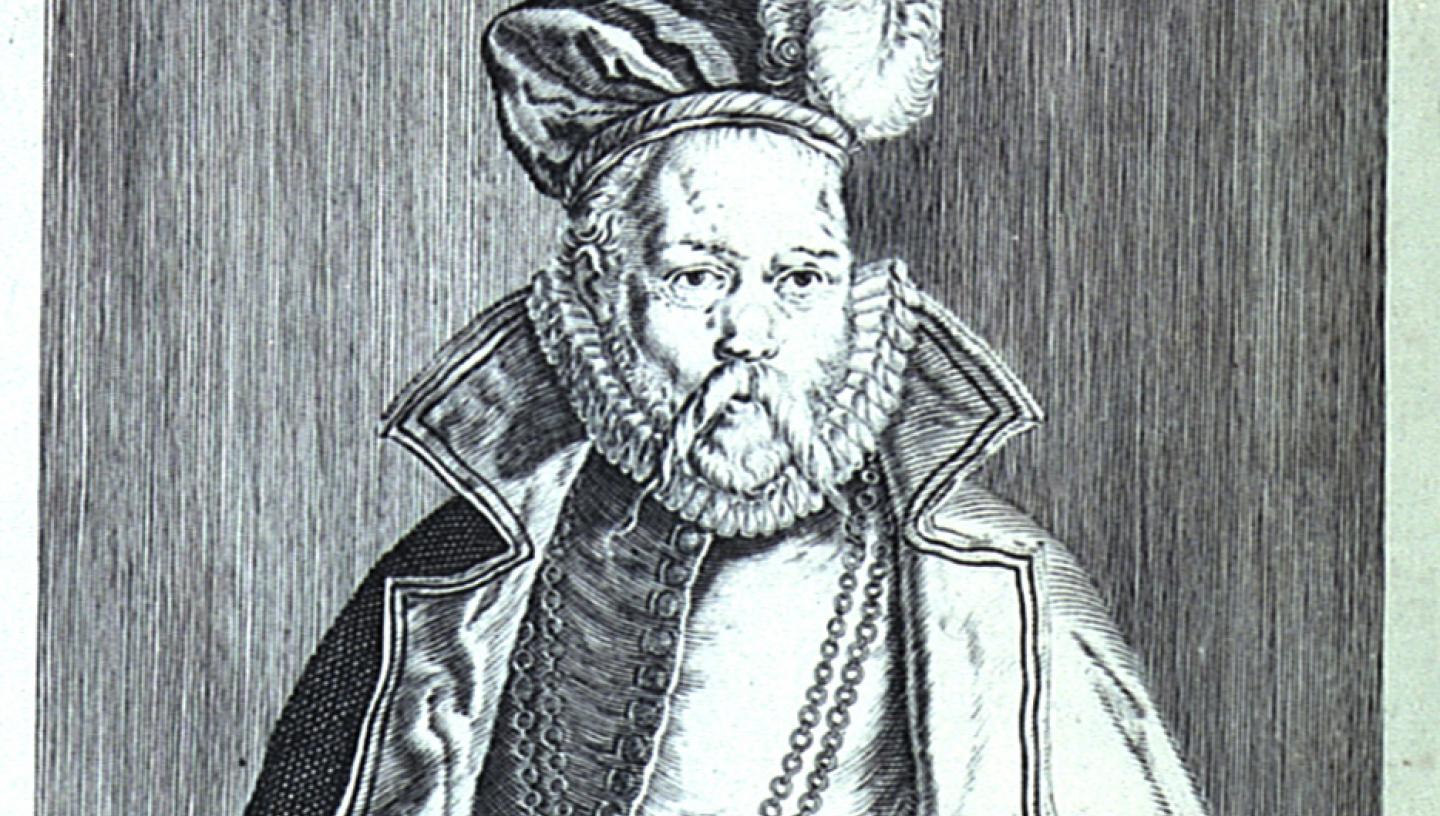
Tycho Brahe's star maps
The careful and meticulous Tycho Brahe was an early and inspirational astronomer.
The Danish astronomer Tycho Brahe (1546-1601) died on 24 October 1601. His most famous work was done at his Observatory, Uraniborg (meaning 'Castle of the Heavens'), which he had built on the Island of Hveen, an island given to him by King Frederick II.
In this observatory, which was equipped with the very best instruments available at the time, Tycho and his team of assistants, apprentices, family and servants made the most accurate observations and from these the most accurate star charts that had yet been made. Their accuracy was only surpassed when Flamsteed made the first star chart using a telescope over a century later.
Tycho had a rather eventful life. He was kidnapped as a child by his uncle, then as a student, lost his nose in a duel in Augsburg over a mathematical formula and forever after had to wear a metal replacement.
In 1572 he discovered a supernova, adding proof to the theory that the heavens were not perfect and unchanging. This discovery led the Danish King Frederick II to offer him a range of castles and finally an island as incentive to stay in the country and carry on with astronomy. Tycho took the island.